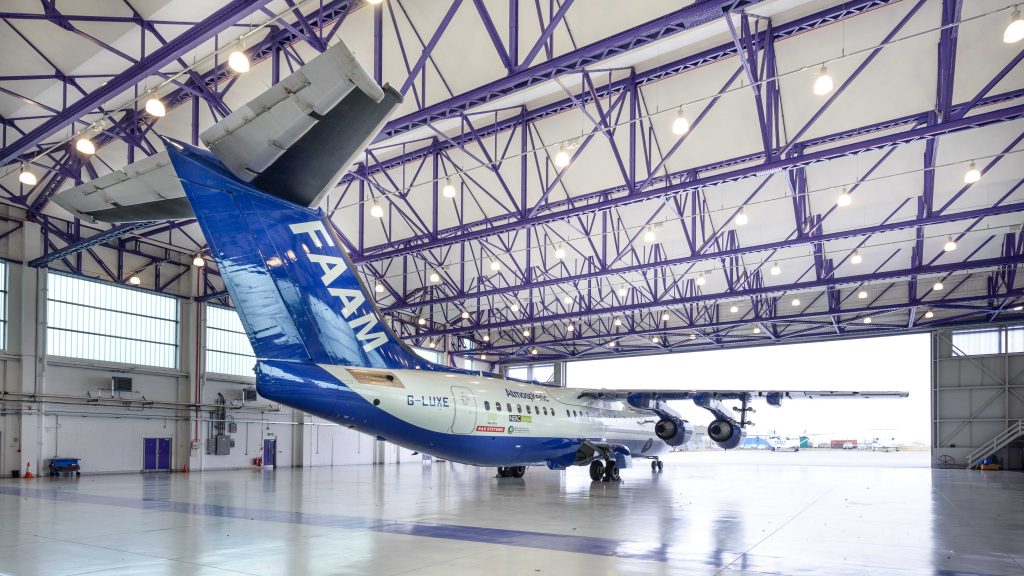
Met Office sets out to improve summer storm predictions with the FAAM Airborne Laboratory
Researchers from the Met Office have embarked on a flight campaign with the FAAM Airborne Laboratory, to study convective clouds over the south of the UK and the processes that lead to summertime storms.
The Wessex Convection Experiment, also known as WesCon, is a Met Office research project that sets out to collect and provide observational data for improving and addressing issues in next generation weather and climate models.
These advanced computer models, operating at 100m – km scales, will be used to predict the onset of severe local storms associated with thunder, lightning, heavy rain, strong winds and sudden temperature changes – common across the UK in the summer months.
WesCon’s airborne science campaign will deploy the FAAM Airborne Laboratory’s research aircraft to look specifically at convective clouds, and how updrafts and turbulence interact with other storm development processes.
Dr Paul Barrett, an airborne research scientist at the Met Office, is leading the WesCon project. Dr Barrett explains the role of the research aircraft:
“The team onboard the FAAM Airborne Laboratory aircraft have access to a unique set of world-class scientific instrumentation. This means we can collect data on cloud properties, weather, and the presence of different airborne particles. Over the summer, the aircraft observations we make will be combined with complimentary ground observations, radar measurements, and radiosonde soundings across the south of the UK.”
He adds: “By using the FAAM Airborne Laboratory to collect vital information about convective cloud formation, the Met Office will be able to improve understanding of UK summertime storms that can be responsible for high-impact weather like flash flooding.”
Earlier this month saw the first of a series of WesCon flights take-off. The team tested newly-installed cloud and turbulence probes, conducted some flight manoeuvres over Salisbury Plain and the Bristol Channel, and refined a series of flight patterns for use later in the summer.
